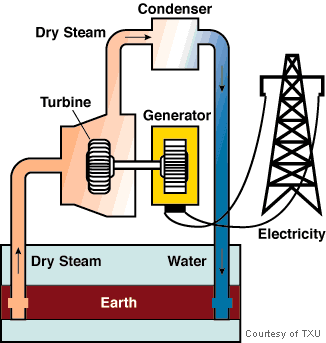During the past week of physics we have been learning about how we see objects because light rays enter our eyes after bouncing off other surfaces. We also learned how that light behaves in a very predictable pattern. The picture below is a basic summary of what we did in class and it also helps describes the basics to reflection.

When you look at yourself in a mirror, whether its convex or concave( curved inwards or outwards), what you see is the image that's produced when light bounces off of your face, off of the mirror, and comes back to you. If you're looking into a flat mirror, the light will come straight back to you without bending at all. But a curved mirror will bend the light differently.
When the light bounces off of your face and then off of a curved mirror, it won't come straight back at you, but will go off at an angle. For example if you bounced a ball off of the ground it it would come straight back but if you did it at an angle - it wouldn't come straight back at you; it would go off at the same angle as it hit the ground. That is part of the reason why when you look at a concave mirror, your image is upside down.
The reason you end up looking upside-down on concave mirrors is that the mirror bends inwards so much that bottom of the mirror ends up pointed towards your forehead and the top of the mirror ends up pointed towards your chin or your neck! This means the image you see reflected is bent and unusual too. Your chin or neck is reflected at the bottom and your forehead is reflected at the top and there you go,you’re upside down!






.PNG)
